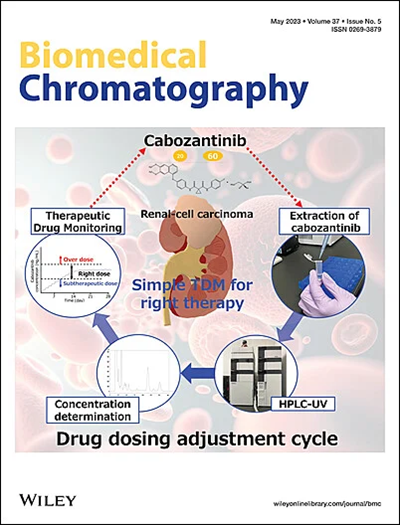Exploring the Mechanism of Action of Honeybran-Fried Cimicifuga Rhizoma in the Treatment of IBS-D Based on Metabolomics and Network Pharmacology
Abstract
Honeybran-fried Cimicifuga Rhizoma (HBCR) is often used to treat prolonged diarrhea and prolapse of the anus, uterine prolapse, and gastric ptosis caused by spleen qi deficiency and the inability to elevate qi, and thus the lowering of middle qi. Rats were divided randomly into four groups. Fecal samples of rats in each group were subjected to metabolomics analysis. We identified the chemical components of HBCR using liquid chromatography–tandem mass spectrometry. We predicted the potential active components and key targets of HBCR using network pharmacology to construct a “drug–potential active ingredient–target–disease” network. The key targets screened by network pharmacology and differential metabolites screened by metabolomics analysis were subjected to combined pathway analysis. Pharmacodynamic indices showed that HBCR had a good therapeutic effect upon IBS-D. Metabolomics analysis revealed 26 differential metabolites in the treatment of IBS-D by HBCR. A total of 69 chemical components were identified, and 32 potential active components and 296 key targets were screened. Combination of metabolomics analysis and network pharmacology for joint pathway analysis revealed that the therapeutic effect of HBCR may be affected by the metabolism of linoleic acid, retinol, arachidonic acid, and tryptophan. HBCR had significant therapeutic effects in rats with IBS-D.

 求助内容:
求助内容: 应助结果提醒方式:
应助结果提醒方式:


